Danielle Azar
ReCA: A Parametric ReLU Composite Activation Function
Apr 11, 2025Abstract:Activation functions have been shown to affect the performance of deep neural networks significantly. While the Rectified Linear Unit (ReLU) remains the dominant choice in practice, the optimal activation function for deep neural networks remains an open research question. In this paper, we propose a novel parametric activation function, ReCA, based on ReLU, which has been shown to outperform all baselines on state-of-the-art datasets using different complex neural network architectures.
Investigating the Use of One-Class Support Vector Machine for Software Defect Prediction
Feb 24, 2022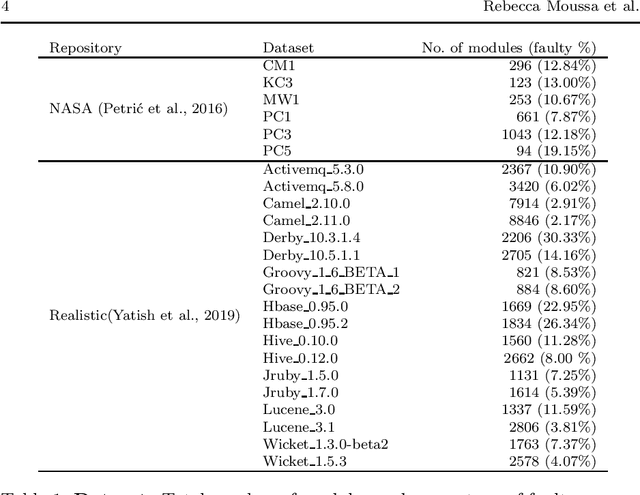

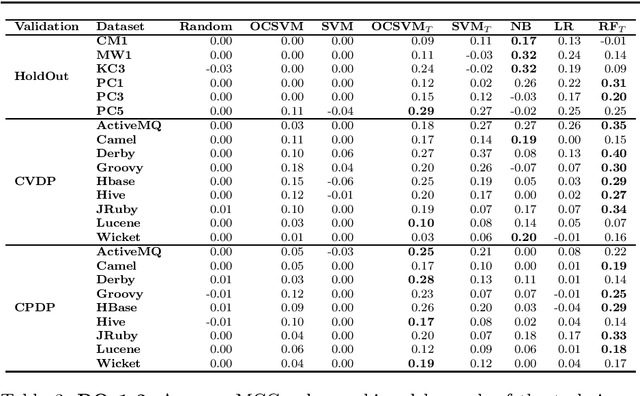
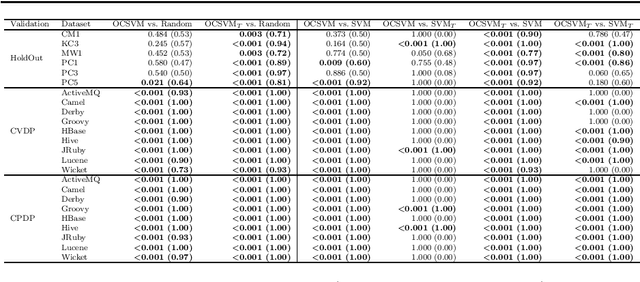
Abstract:Early software defect identification is considered an important step towards software quality assurance. Software defect prediction aims at identifying software components that are likely to cause faults before a software is made available to the end-user. To date, this task has been modeled as a two-class classification problem, however its nature also allows it to be formulated as a one-class classification task. Preliminary results obtained in prior work show that One-Class Support Vector Machine (OCSVM) can outperform two-class classifiers for defect prediction. If confirmed, these results would overcome the data imbalance problem researchers have for long attempted to tackle in this field. In this paper, we further investigate whether learning from one class only is sufficient to produce effective defect prediction models by conducting a thorough large-scale empirical study investigating 15 real-world software projects, three validation scenarios, eight classifiers, robust evaluation measures and statistical significance tests. The results reveal that OCSVM is more suitable for cross-version and cross-project, rather than for within-project defect prediction, thus suggesting it performs better with heterogeneous data. While, we cannot conclude that OCSVM is the best classifier (Random Forest performs best herein), our results show interesting findings that open up further research avenues for training accurate defect prediction classifiers when defective instances are scarce or unavailable.
Evolution of Activation Functions: An Empirical Investigation
May 30, 2021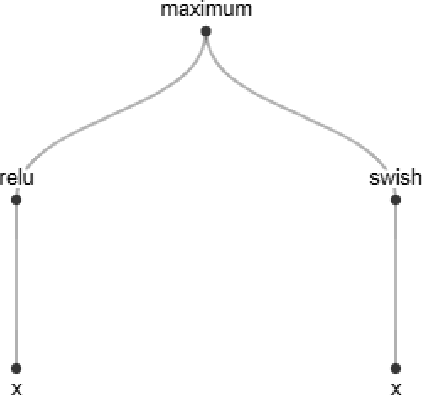

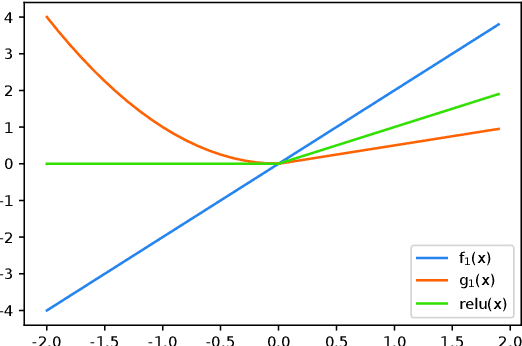

Abstract:The hyper-parameters of a neural network are traditionally designed through a time consuming process of trial and error that requires substantial expert knowledge. Neural Architecture Search (NAS) algorithms aim to take the human out of the loop by automatically finding a good set of hyper-parameters for the problem at hand. These algorithms have mostly focused on hyper-parameters such as the architectural configurations of the hidden layers and the connectivity of the hidden neurons, but there has been relatively little work on automating the search for completely new activation functions, which are one of the most crucial hyper-parameters to choose. There are some widely used activation functions nowadays which are simple and work well, but nonetheless, there has been some interest in finding better activation functions. The work in the literature has mostly focused on designing new activation functions by hand, or choosing from a set of predefined functions while this work presents an evolutionary algorithm to automate the search for completely new activation functions. We compare these new evolved activation functions to other existing and commonly used activation functions. The results are favorable and are obtained from averaging the performance of the activation functions found over 30 runs, with experiments being conducted on 10 different datasets and architectures to ensure the statistical robustness of the study.
 Add to Chrome
Add to Chrome Add to Firefox
Add to Firefox Add to Edge
Add to Edge